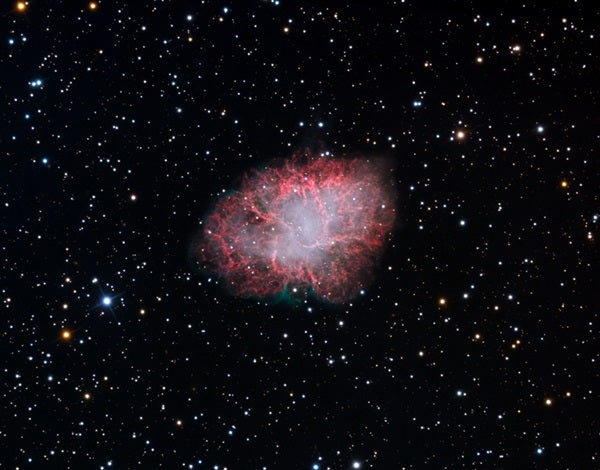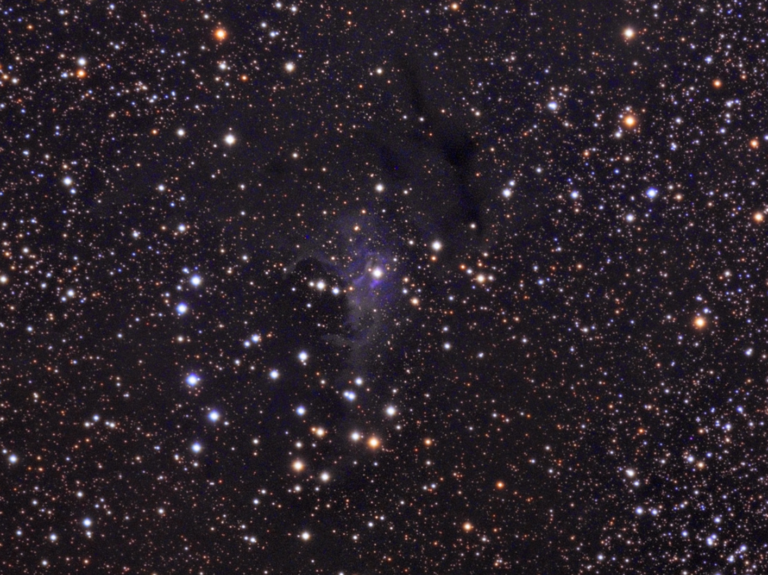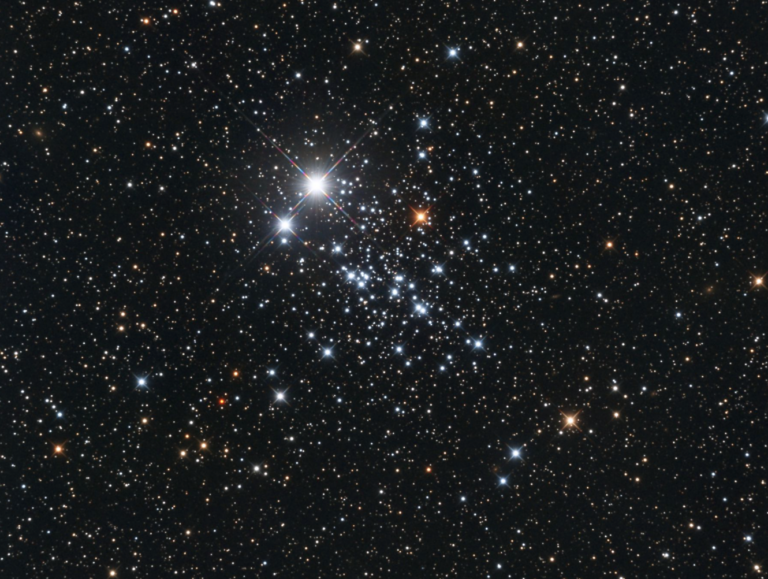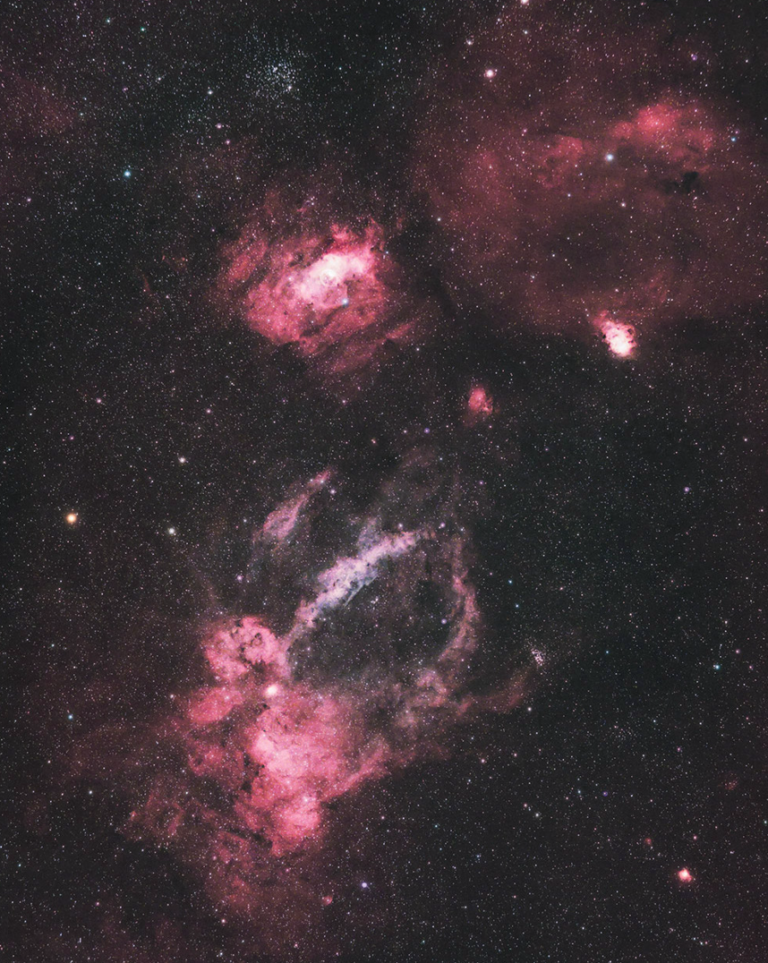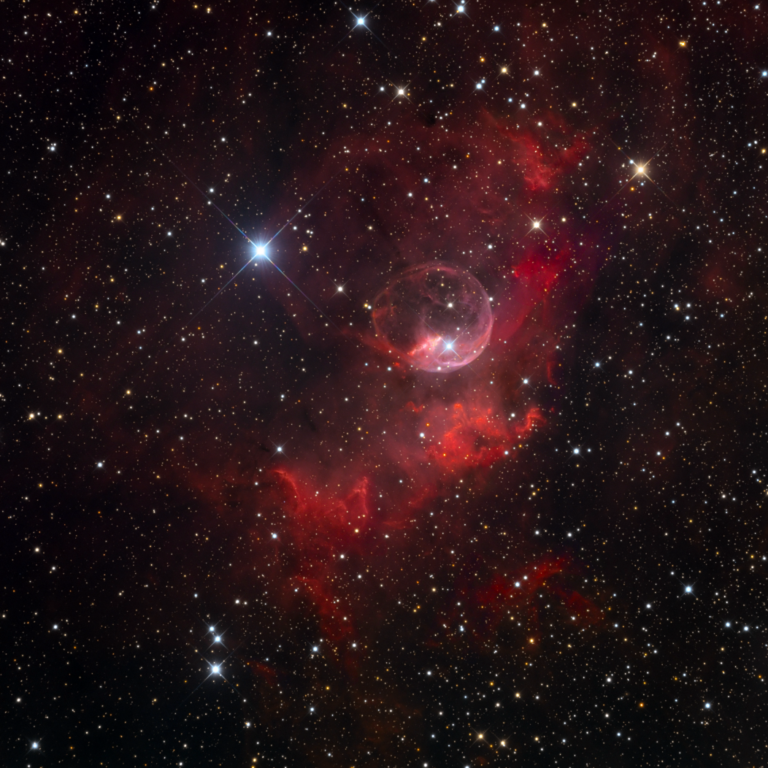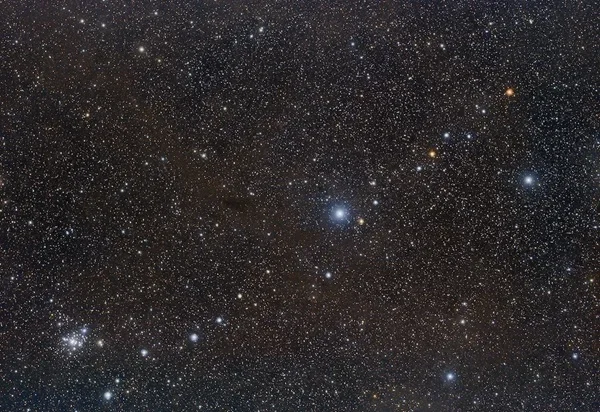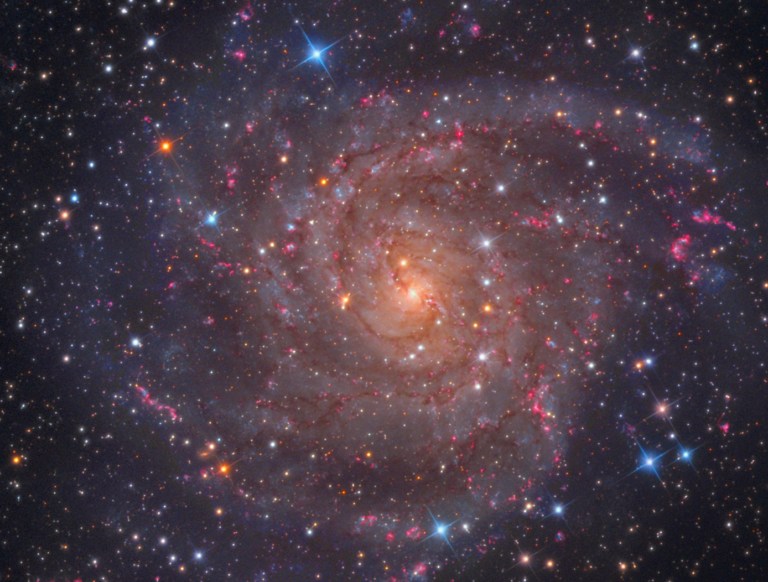Have you ever started something that lasted a lifetime? Charles Messier found a whitish smudge near Zeta (ζ) Tauri on Aug. 28, 1758, while following a comet he had discovered two weeks earlier. But this smudge didn’t look like any comet he had ever observed, so he noted its location on a chart. And thus, without fanfare, the French observer began his catalog of non-cometary objects.
But Messier was not the first to observe M1 (also cataloged as NGC 1952). John Bevis is credited with first observing this supernova remnant in 1731. William Parsons, Earl of Rosse, named the Crab Nebula based on his interpretation of the shape from his observation in 1842. It isn’t the first deep-sky object whose name might be considered questionable.
In 1928, Edwin Hubble proposed a connection between the Crab Nebula and reports of a bright star that had appeared in Taurus in a.d. 1054. That supernova — estimated to have popped off 6,500 light-years away — was bright enough to see during the day for three weeks and remained in the night sky for two years. Observations by Korean, Japanese, Chinese, and Arab observers recorded a star brighter than Venus. Astronomers now estimate the star blazed between magnitude –4 and –7.
The Crab Nebula is a source of energy across the electromagnetic spectrum. Known as Taurus A, it’s the brightest radio source in that constellation. Its central rapidly rotating neutron star — called a pulsar, the remnant of the star that exploded — is the most persistent and brightest gamma-ray source in the heavens. Don’t worry, though — observing it won’t damage your eyes. Our atmosphere absorbs the radiation.
While the nebula is magnitude 8.4, its pulsar is magnitude 16.2 — bright enough for today’s larger telescopes to pick up. A chart is essential for distinguishing it from other faint stars scattered in front of the nebula.
A generous 6′ by 4′ across, M1 is expanding at 0.5 percent the speed of light. It can be seen in binoculars or a spotting scope under dark skies, and is bright enough to see in suburban skies, especially with a filter. It’s a fun object to show your friends or guests at a star party as you explain the nebula’s history.
Make sure to explore Astronomy’s full list of 101 cosmic objects you must see. New entries will be added each week throughout 2022.
To get the latest astronomical news and observing content delivered directly to your door, subscribe to Astronomy magazine today!

